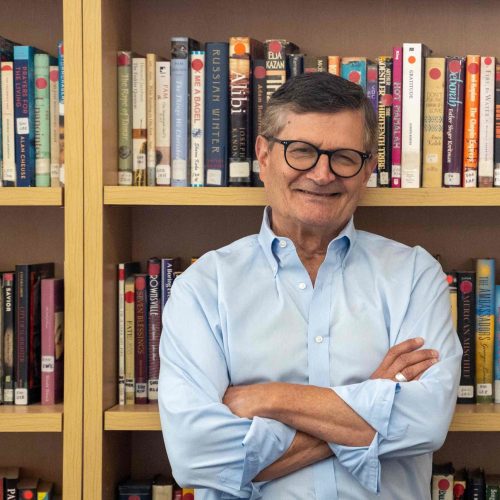Three weeks and three different shuls – three different siddurim, three very different darshanim (the person delivering the commentary on the weekly parasha), three equally carb-heavy (but tasty) Kiddush spreads.
I love feeling attached and connected to a particular synagogue community; there’s nothing like seeing people so often that they become your second family. At the same time, for years I’ve enjoyed a professional perk that was never written into any of my contracts: I’ve been privileged to shul-hop whenever I’ve been away over a weekend. I’d consult shuls-R-us.com or its equivalent to check out the walking route and the mileage to synagogues close to where I’d be staying. Some cities offered a staggering array of choices; some provided one, take-it-or-leave-it option. Then I’d check out the weather to see how to bundle up (or not).
One particular Shabbat in New York (I know – a bit like shooting fish in a barrel), I sampled one Temple on Friday night, a small shul for Torah study early on Shabbat morning, and another for davening that day. (I was going to go to a fourth for a famous-even-for-New-York Kiddush, but I thought shul-crashing just for cholent was a little tacky.)
I’ve had a similar experience since coming to Arizona, and have now experienced five different minyanim over the last few months. So donning a Jewish anthropologist’s hat (Jerusalem Jones?), these are some of my findings:
Whether in a thirteen-person minyan or a synagogue of 150, the Aron Hakodesh (the Ark) is provided pride of place, and the Sefer Torah is carried with the utmost care and attention. Those reading from the Torah may have chanted with wildly different accents (some very American, one distinctly Yemenite, one absolutely from Brooklyn), but each utilized a yad – a “pointer” floating just above the letters on the page, in reverence for the holiness of the words they were reading.
In each of these very, very different settings, I gained new insight from the person expounding on that week’s portion of the Torah. There were some who cited Rashi or Abarbanel, Torah commentators from the Eleventh and Fifteenth centuries; and others who wove in more contemporary sources; some who dove deeply into the pshat (the literal meaning of the words) and others who extrapolated from the parasha to issues we face in the 21st century. In and of itself, this is wonderful evidence that the rabbis of the Mishna were right, when they wrote, “Turn it and turn it again, for all is in it..” Meaning, look at the Torah’s words from one perspective, and from another and from another still – and you’ll be rewarded with new understanding each time. Like a kaleidoscope that delivers brilliantly different images of colored crystal with each slight twist, the Torah contains an infinite number of lessons and messages, if we but listen.
What else was different-yet-the-same? Each synagogue/temple/shul featured an Israeli flag; in each one, I – as the stranger to the community – was greeted by the President of the Board; by the official greeter at the door; or by the designated jokester (who immediately sized me up as a schnapps buddy at Kiddush. Not insignificantly, each featured one or two congregants who spoke about a social action project or a learning opportunity or the need for additional volunteers for synagogue programs. In each of these two-minute announcements, one could see a genuine sense, not only of commitment, but of pride. Some with jokes and some with quiet humility, but all with a demonstrable aura of, this is our home.
Hebrew – Israel – Torah – community – history – values. So many commonalities, so many reasons to exult in our unity. From the mezzuzot on the doors to the camaraderie found at Kiddush, our celebrations and our strength, our worries and our challenges – we share them all.
שבת שלום – Shabbat Shalom,
Jerry

